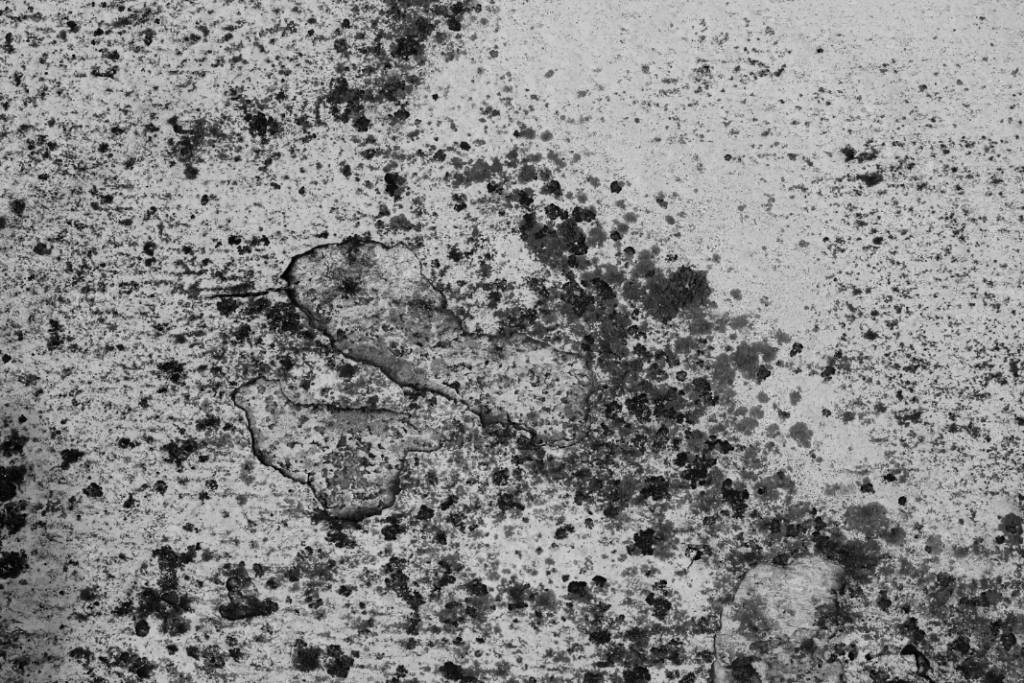Mood Board:

Aaron Siskind was an American photographer whose work focuses on the details of things, presented as flat surfaces to create a new image independent of the original subject. Born in New York City, Aaron Siskind graduated from the City College of New York in 1926 and taught high school English until he became interested in photography in 1930. In 1933 he joined the Film and Photo League in New York, a group of documentary photographers devoted to improving social conditions in contemporary society through their pictures.
While involved with the League, Siskind made some of his most successful and well-known documentary photographs, including those for The Harlem Document. Siskind’s photographs have been widely exhibited and he won many awards for his photography, including a Guggenheim Fellowship, and the Distinguished Photography Award from the Friends of Photography. Siskind was a photography instructor at Chicago’s Institute of Design and served as head of the department there from 1961 to 1971.
Siskind’s abstract photographs from the late 1940s and early 1950s were a major force in the development of avant-garde art in America. In rejecting the third dimension, this work belied the notion that photography was tied exclusively to representation. He created pictures by closing in on his subjects, framing out distracting elements to enhance the emotional sense or allusive aspect he found compelling. Later he focused on surfaces to further condense the energies of splashed paint, graffiti marks and crumbling materials.

“In photography, it is not the subject that matters, but how it is captured.”
Mind map:
- Textures
- Patterns
- Natural formations
- Abstract photography
- Social realism
Image analysis:

Siskind commonly edited his images in black and white, as it allows the outcomes to appear distraction free – busy, colour saturated pictures can confuse the eye and sometimes there’s simply too much going on. Black and white images on the other hand can seem refreshingly simple and it’s often easier to see and interpret the main focus of the picture. However this is not always the case, as sometimes the viewer can not interpret the main focus on an image when it is in black and white, because it is difficult for us to assume the colours in the image, which could potentially take away the mood in the photo. Additionally, Siskind focused on abstract photography, where he captured different patterns and textures through materials. This relates to my photoshoot as I took photos of different textures close up which allows me to assume how old the materials are and how long they have been there. For example, rust on objects immediately tells the viewer that the object is old, and perhaps hasn’t been taken care of properly or been cleaned enough. Old photographs can help shape our understanding of culture, history, and the identity of the people who appear in them.
Examples of my work compared to Aaron Siskind:




Comparing my work to Siskind:
I believe my work is very similar to Aaron Siskind’s as we both have used the deadpan approach on our images so it is easy for the viewer to interpret our message through it, as well as making it easy to see the details throughout and seeing a clear display of the subject in the photograph. We have both also experimented with using black and white in our editing process, in order to emphasise the specific characteristics in each one, without being distracted through the different colours. However a difference between me and Siskind is I tested my photos with lighter filters and tones when editing, this is because I did not want any of my photographs to appear dull or boring to the viewer. Hence, I kept a few of my outcomes in colour but enhanced the editing so the tones and shades are enhanced. Whereas, Siskind often edits his photos to become darker, which displays a clear divergence of the different textures, successfully adding a dramatic effect.
